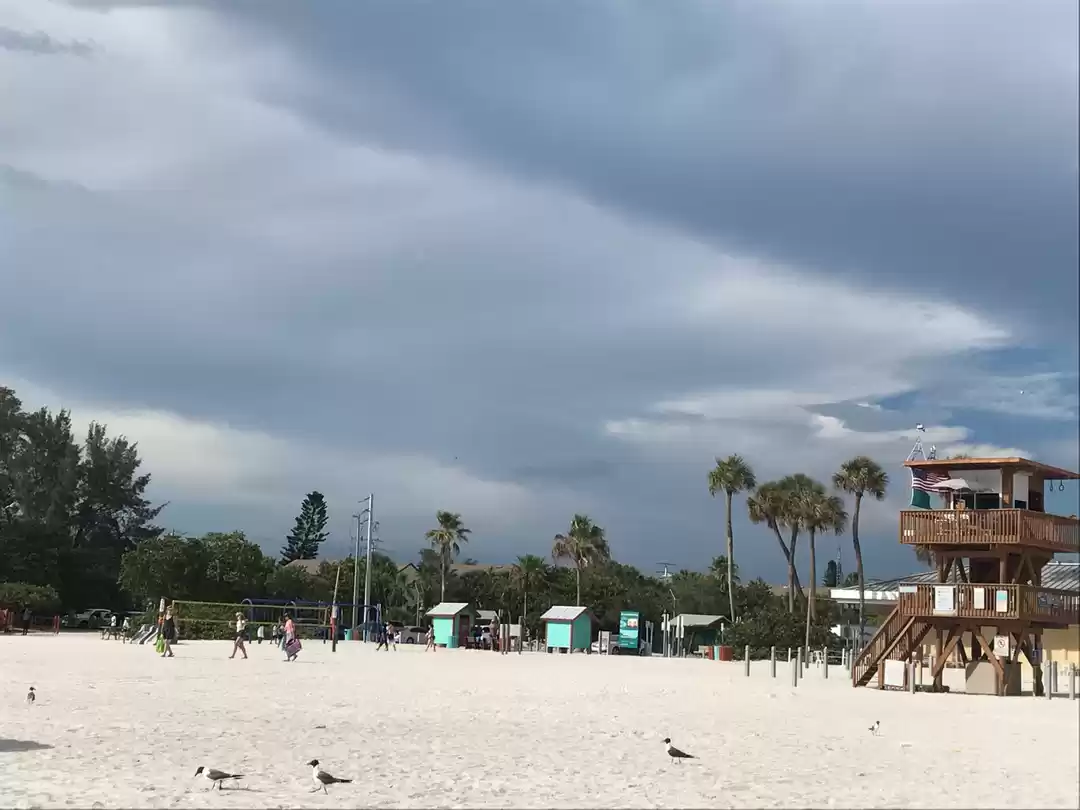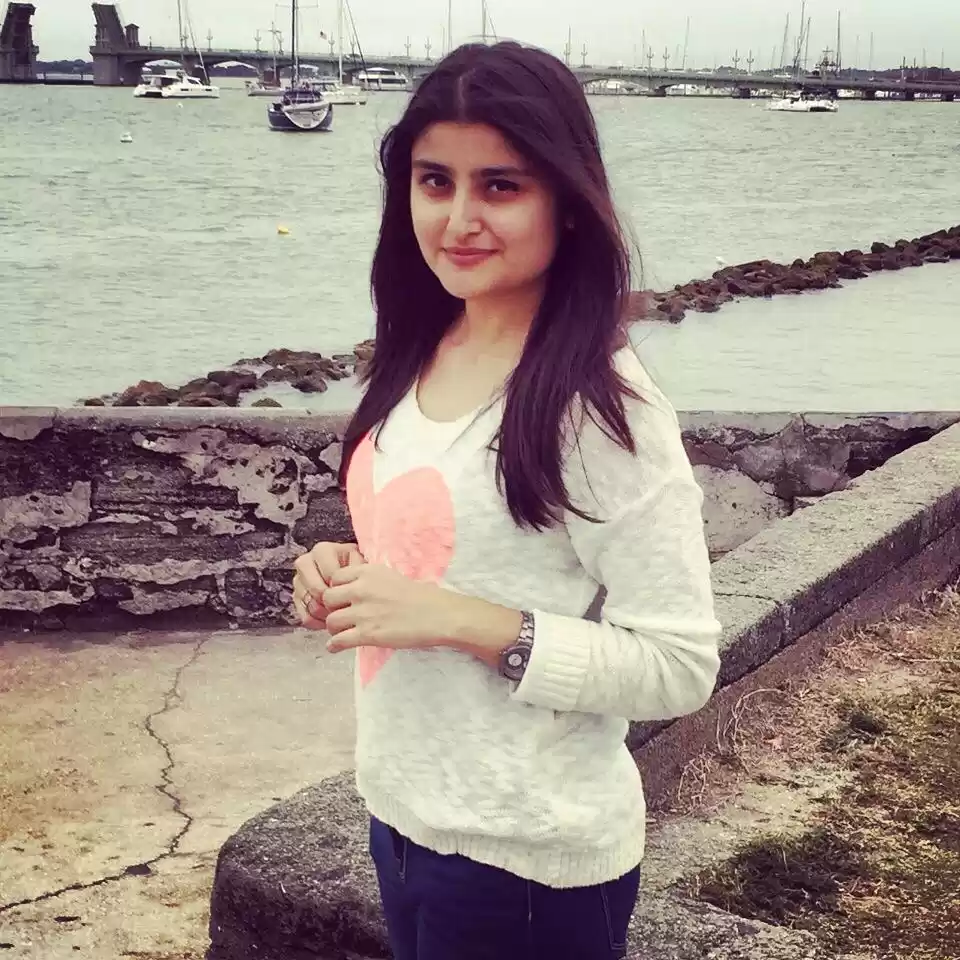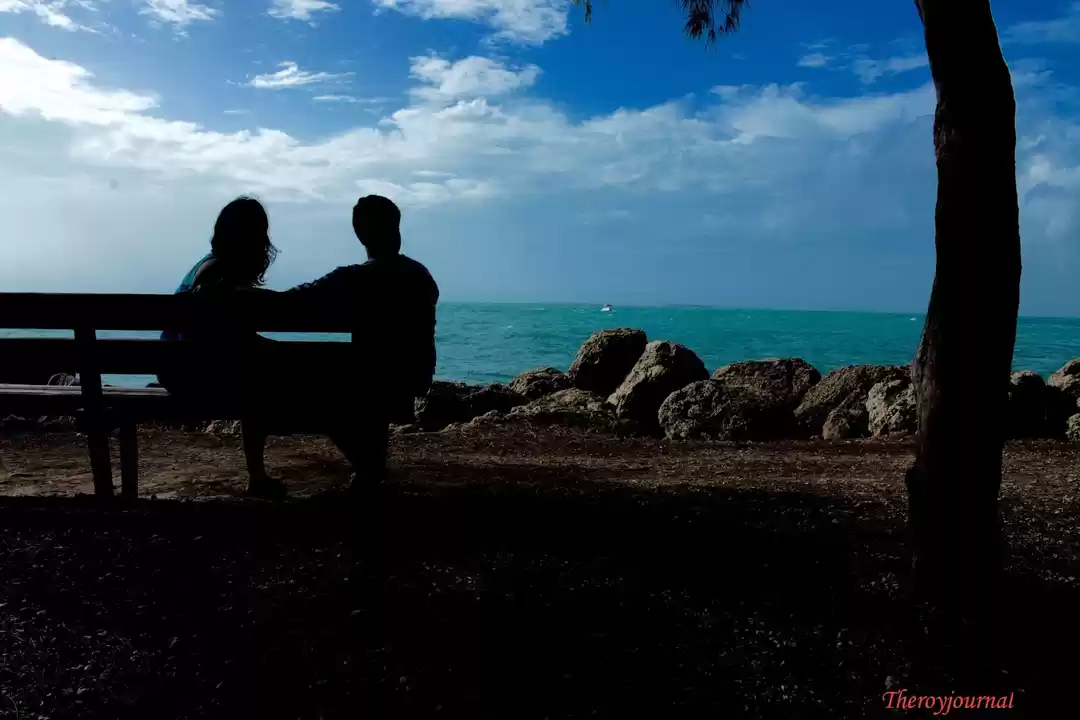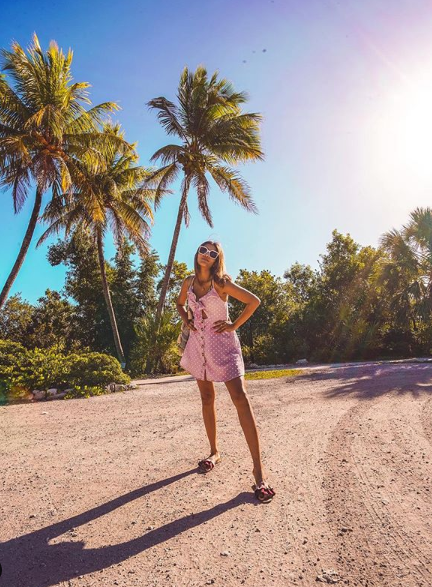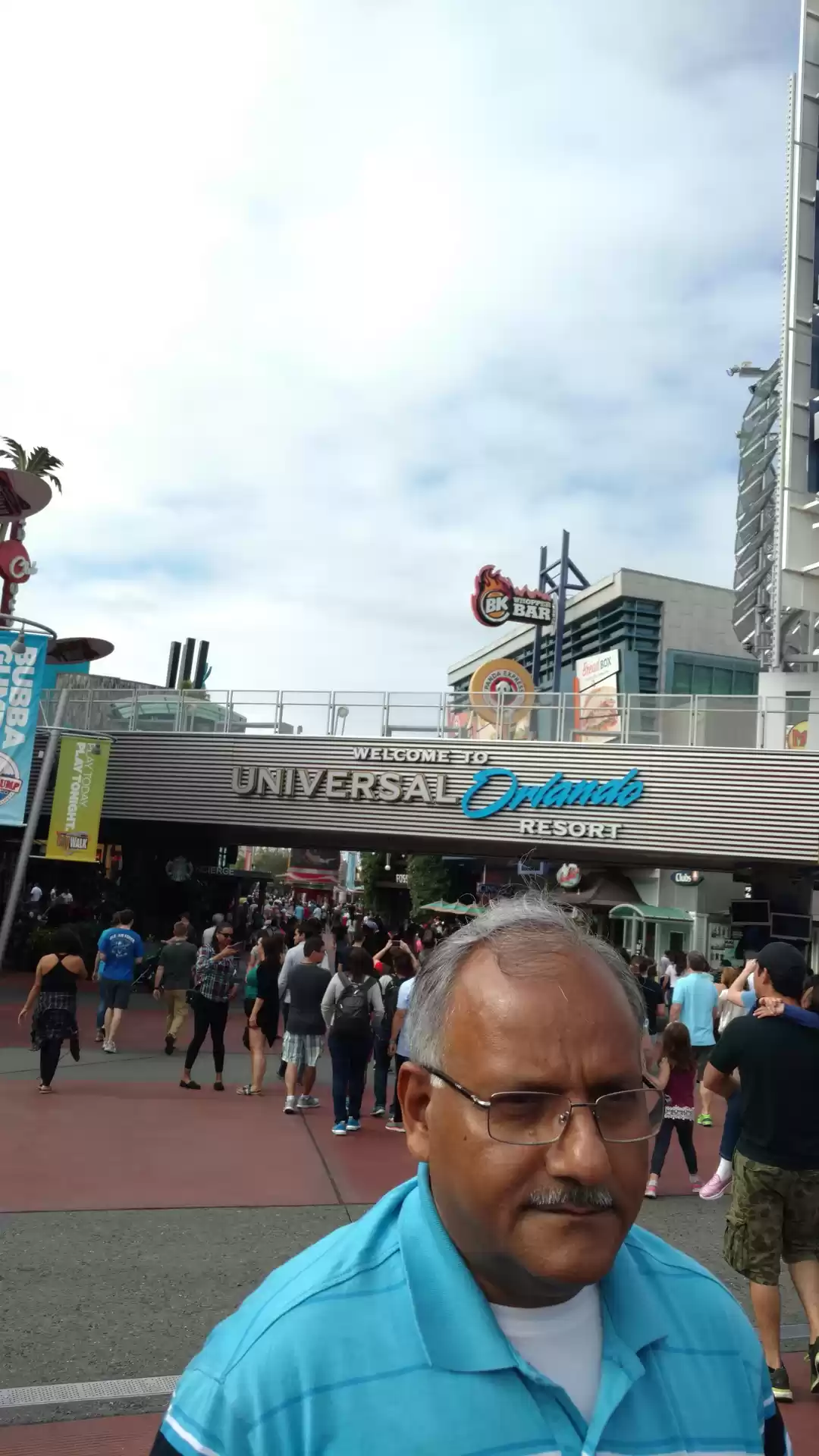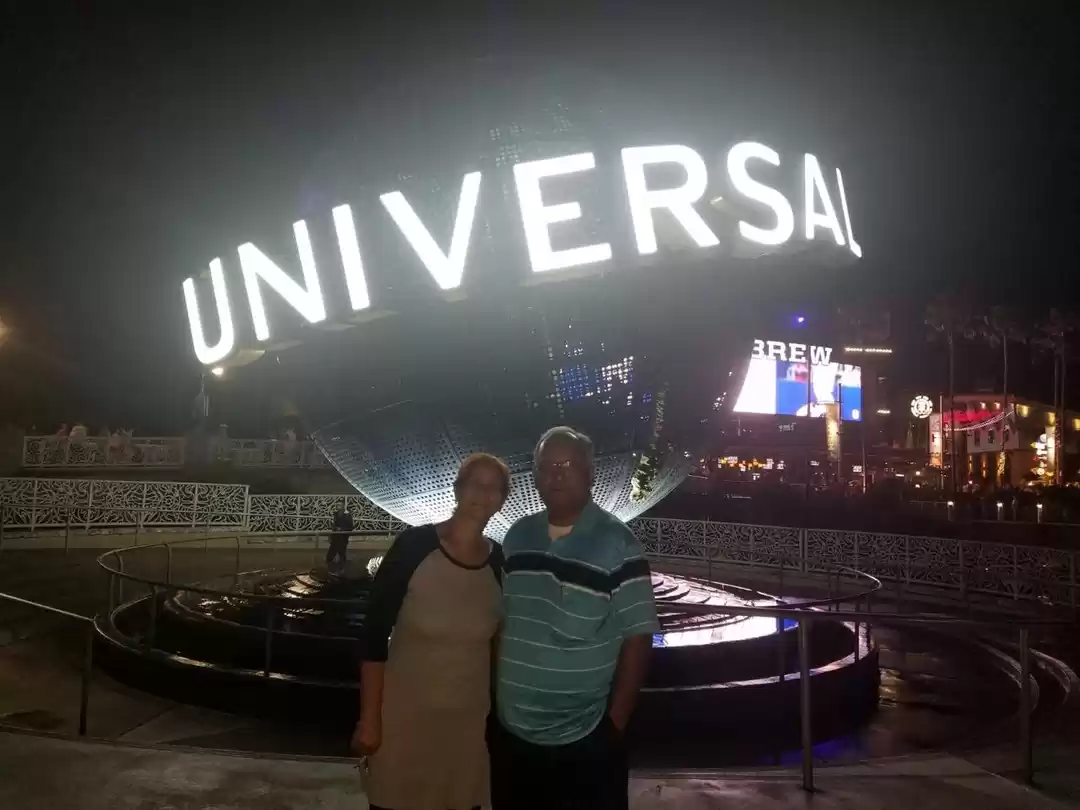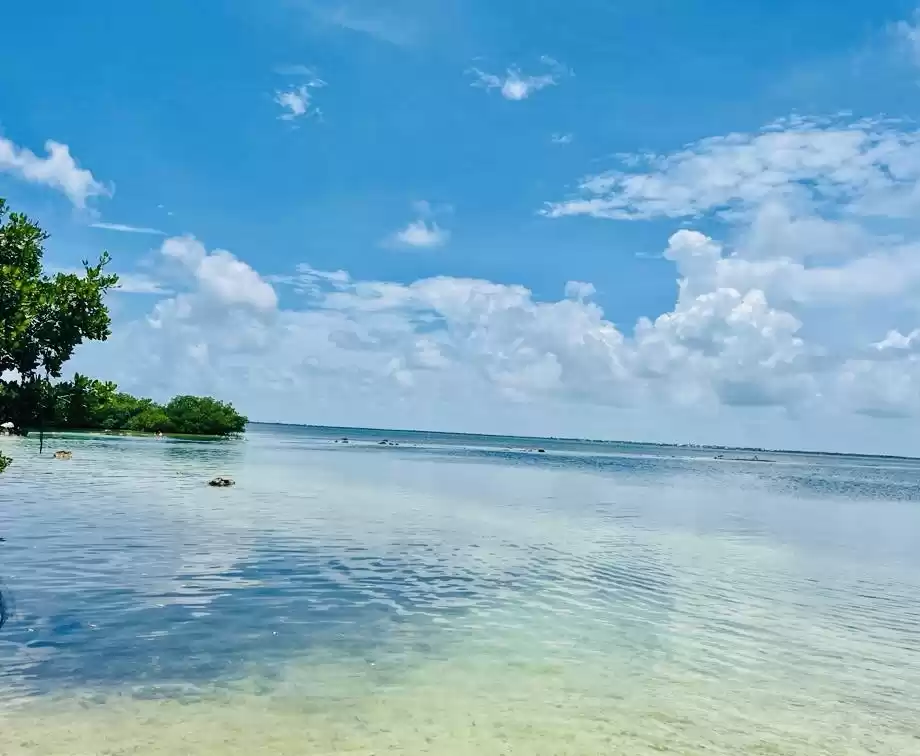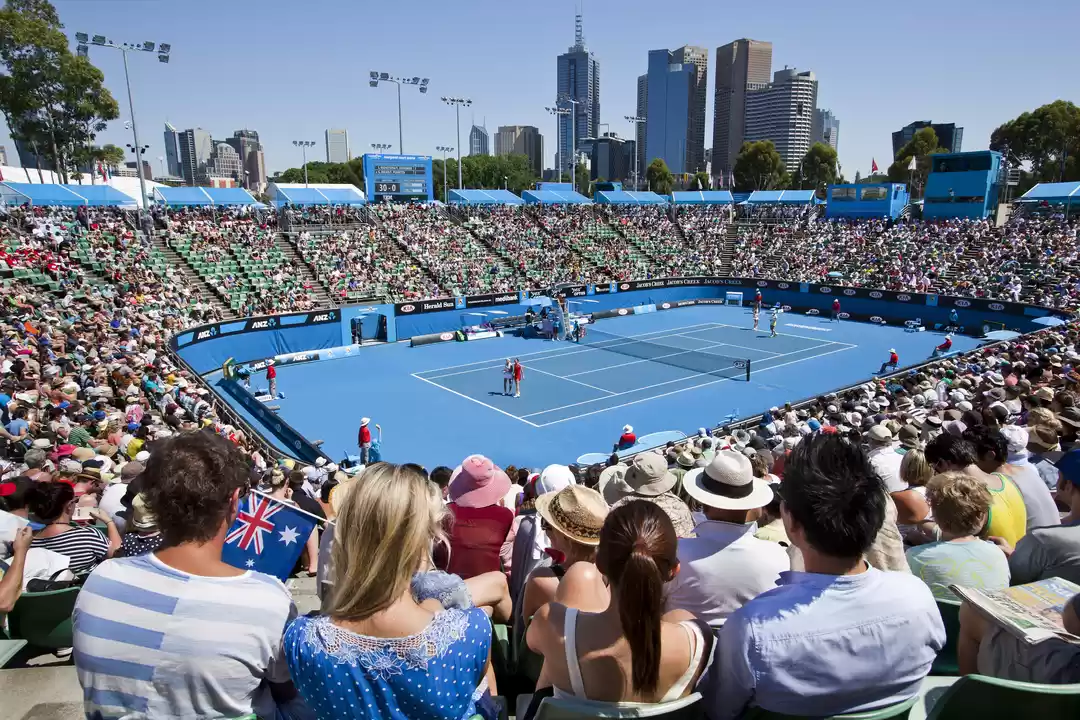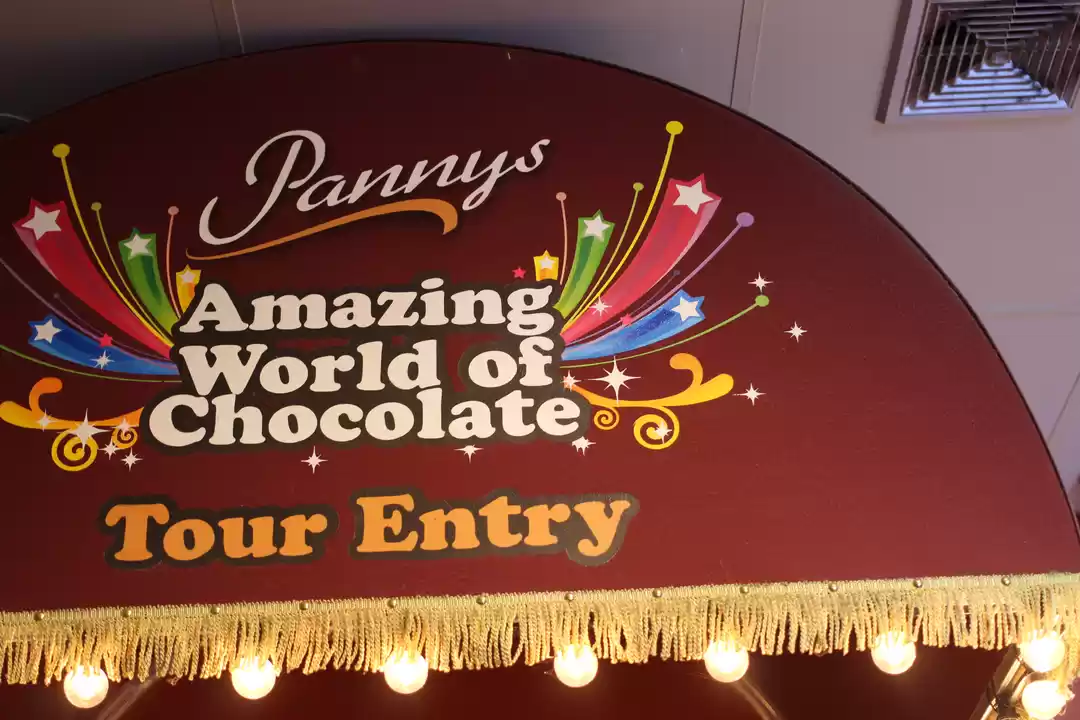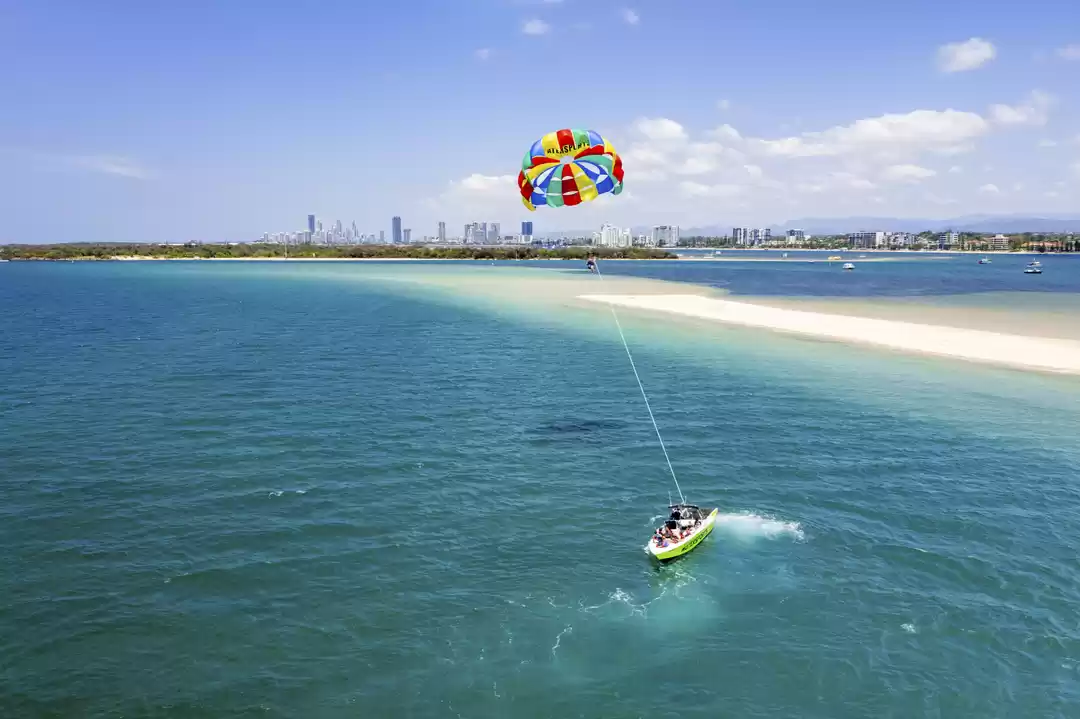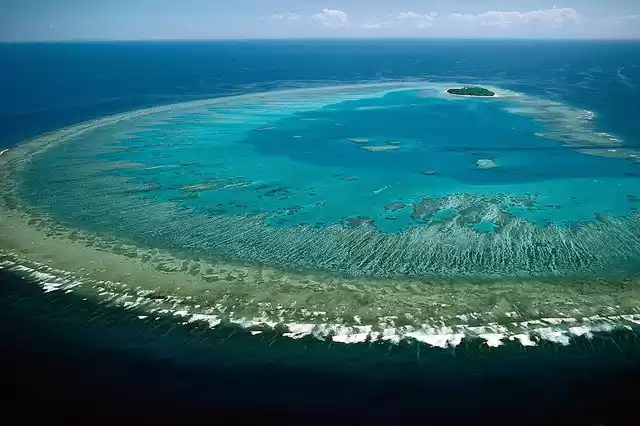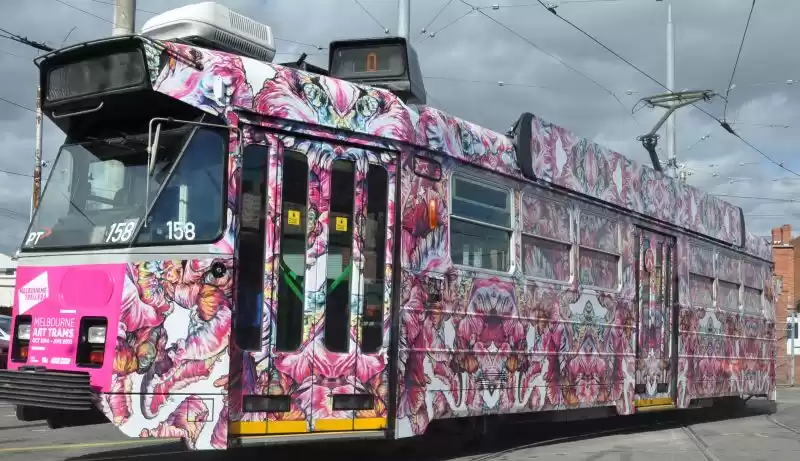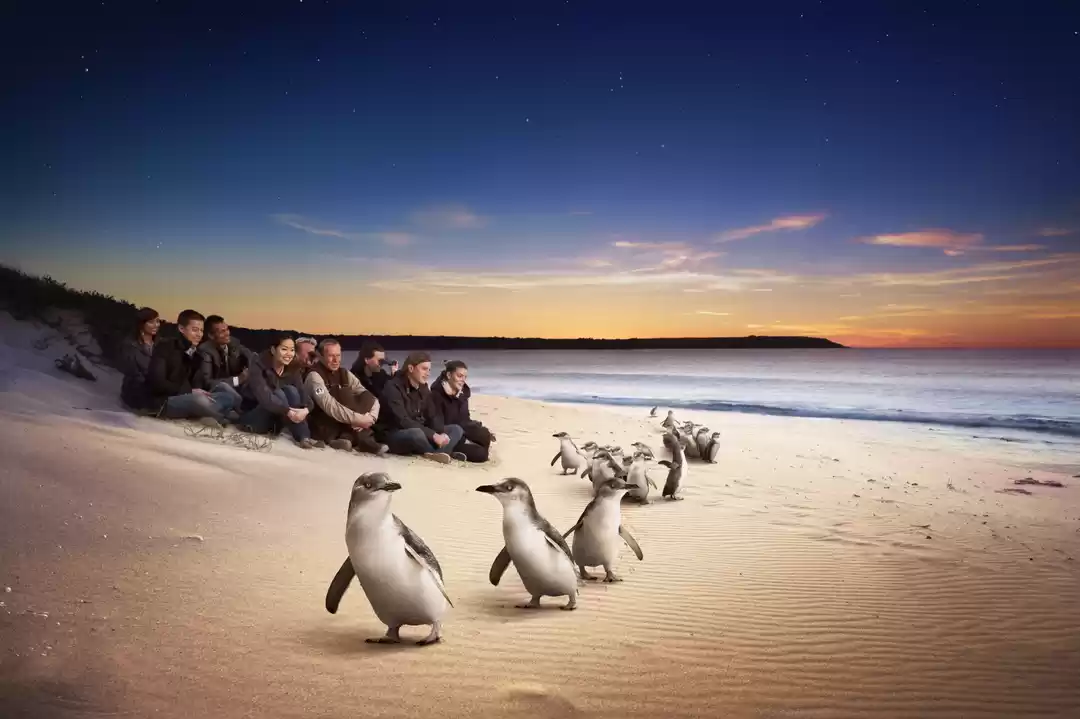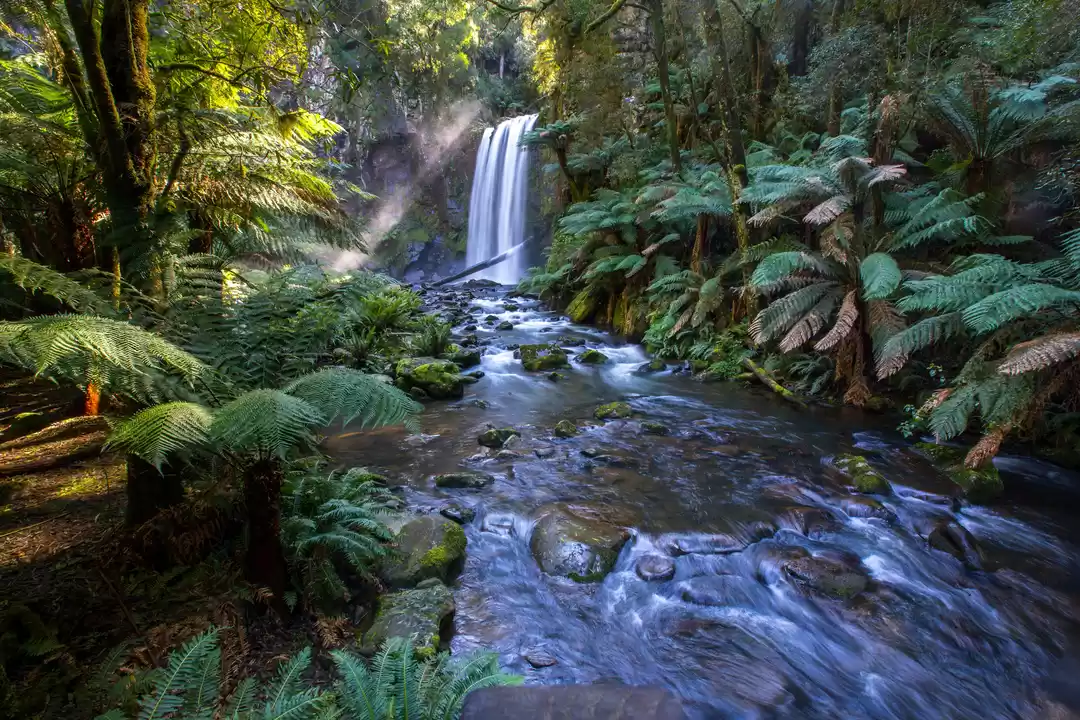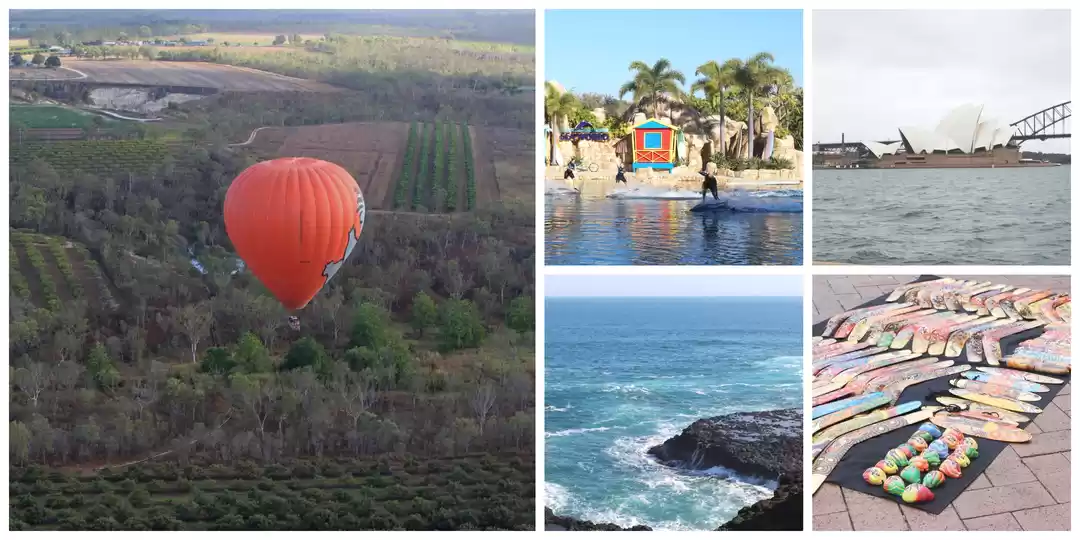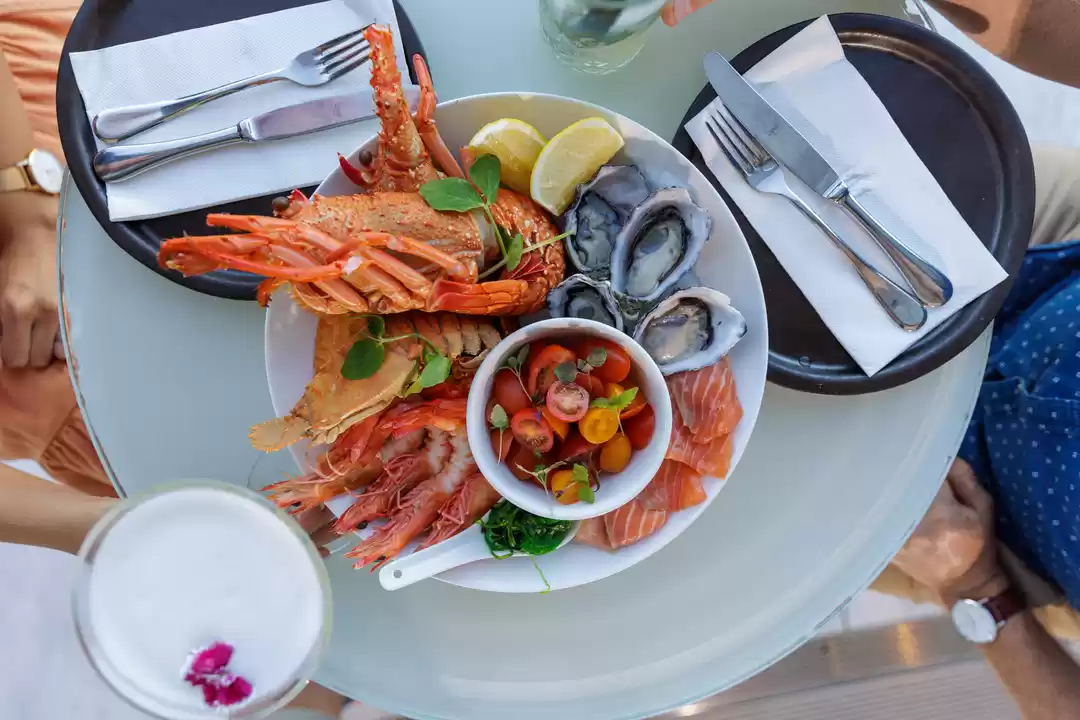Nainaa Rajpal spends a day on the outskirts of Melbourne to discover an incredible and rare piece of Australia’s colonial past that you can still experience today. Horse lovers, you will absolutely love it.

When the Europeans arrived in Australia, a land so far from their own, they brought pieces of their own country and replanted them here— perhaps to ease their life in a fairly harsh landscape. Especially since many of them came from the gentle English countryside with all its lacy comforts, and were flung into the deep end of the Southern Hemisphere. Australia was a wild land, teeming with snakes, crocodiles and an unforgiving sun that shone long and hard. So, it must come as no surprise that the European settlers sometimes strung along things that would make them feel at home—mostly their favourite tree saplings, horses and timber-made ‘kit houses.’
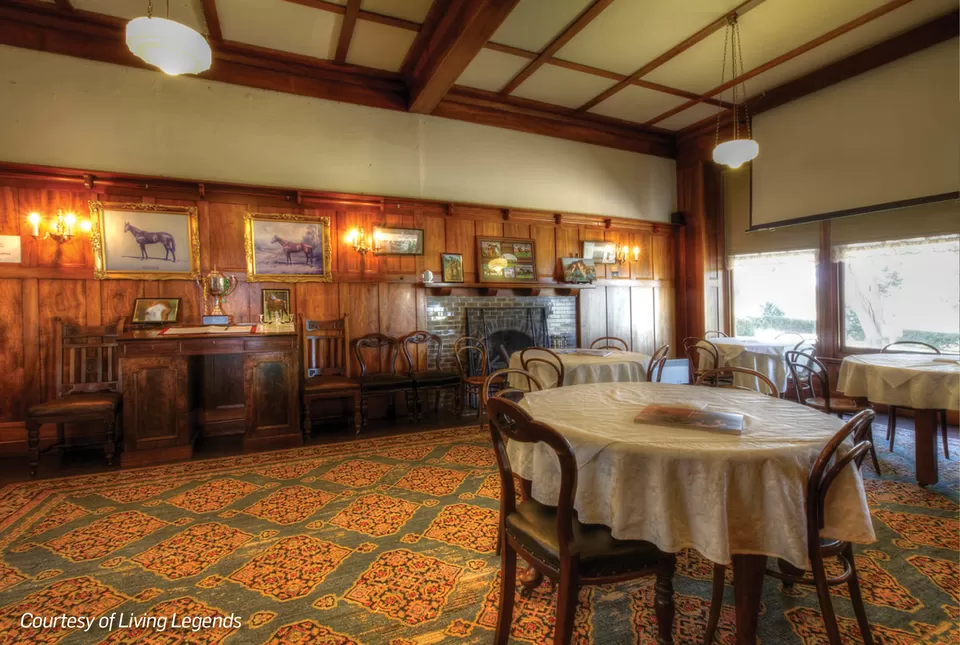
To uncover a different side to the coffee-guzzling, graffiti-inked Melbourne I knew, I decided to make a day trip to the Woodlands Historic Park that promised to off er a peek into Australia’s colonial past, complete with original landscapes that welcomed early settlers in the 1800s. Driving through the gates of the park, merely six minutes from Melbourne’s bustling Tullamarine airport, I was good and befuddled. I could have sworn I was passing through rural England, as I watched sinewy horses tear across bottle green meadows, while a quaint windmill silently whirled in the distance.
I pulled over outside the Woodlands Homestead, which packs a pretty historic punch. Originally meant to reach India, it was brought from England in the year 1843 for William Greene, a royal Navy officer, and his wife Anne. They were eager to leave behind the tempestuous Irish weather and landed in sunny Australia with their seven children, a governess, butler, two grooms, and a handful of domestic staff —apart from two thoroughbred horses and stud cattle.
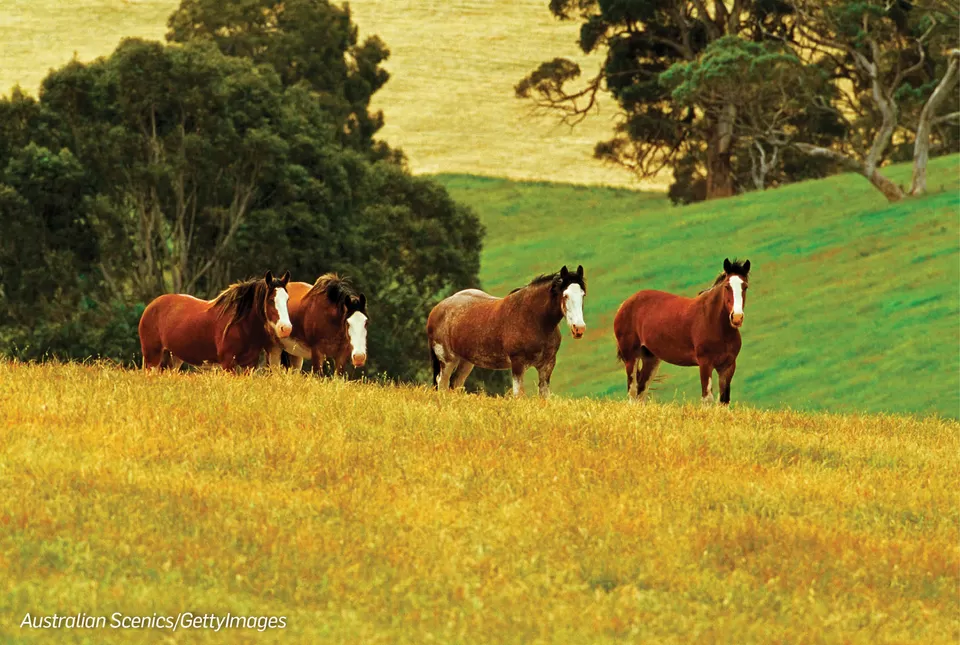
The Woodlands Homestead is known to be one of the last standing Victorian ‘kit houses.’ The rooms and corridors have been partially restored, but retain a unique charm from a bygone era. The display cabinets are full of fine silverware and crockery (that had no doubt been privy to the choicest gossip of the times), while the walls in the west wing have hand-painted motifs from the 1840's. The Homestead offers guests the unique experience of conducting meetings and intimate dinner parties in its many rooms, including a traditional Victorian bedchamber and Smokers Room. I walked past a string of trophies and horse racing memorabilia in the corridors and discovered that as the Homestead changed hands, the owners shared a love for racing.
Today, the park basks in the limelight for being the seat of the ‘Living Legends’— a retirement home for the country’s finest racehorses, established in the year 2006 by a group of racing enthusiasts. Today, the Living Legends gives the public a rare opportunity to ‘rub noses’ with Australia’s equestrian royalty, surrounded by 1700 acres of parkland. The Greene family had organised some of the earliest racing events in the country, in these very paddocks—so it did seem poetic that the country’s champion racehorses, including four Melbourne Cup winners, retire here.
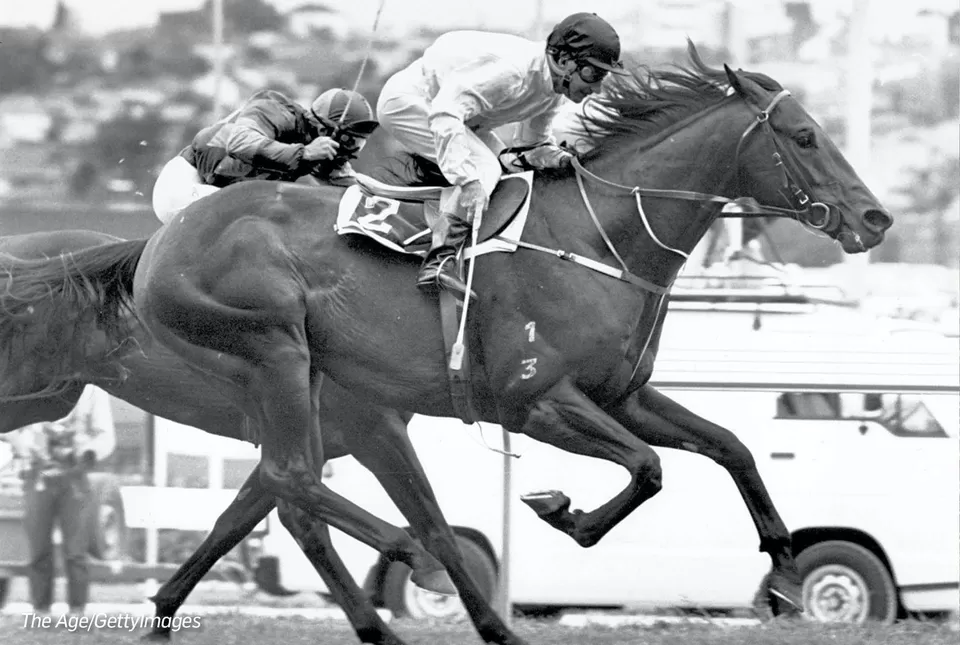
“Races are not just about the crepes and the free-flowing champagne and the flamboyant fashions and wagering,” explained Andrew Clarke, CEO and Veterinary Director of Living Legends. “It’s about the real heroes of the game— the jockeys, trainers, and the beautiful horses.” Armed with carrots and fresh spring grass, we went to greet the Legends themselves. Every horse seemed to have a distinct, almost human like personality. ‘Might and Power’ is happiest with kids around, ‘Rogan Josh’ is the cool, unfazed one and ‘Paris Lane’ is like a grumpy old man, minding his own business until some carrots come along.
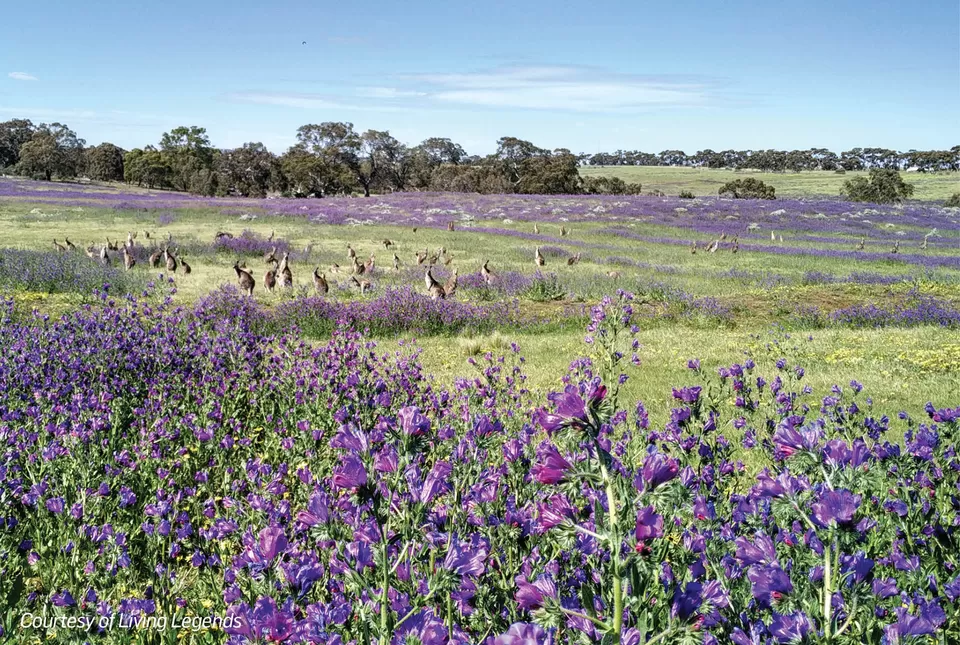
A little boy peeked over the fence and eagerly patted ‘Apache Cat,’ a people’s champion and a “big show off ,” according to Andrew. The boy and his family were celebrating a themed birthday party at the Somerton Picnic area, complete with little tables, an electric barbeque and the sound of laughing kookaburras. The homestead also packs a picnic hamper for those who would fancy a Victorian-style picnic in the gardens, surrounded by heritage roses grown by Alister Clark, the famed 19th century Australian rose breeder. Walking around the homestead, I caught a whiff of something being freshly baked, and was led by the nose into a cozy, wood-panelled kitchen. Annie, the homestead’s master baker, was elbow-deep in fl our, as she deftly kneaded the dough for a new batch of scones.
The Homestead stands out for its traditional Devonshire Tea that includes fresh-baked scones, whipped cream and jams, served with coffee or tea. Annie proudly told me that a couple of visitors had rated her scones as the second best in the world—after the ones at Buckingham Palace. “But they were English visitors, so we suspect some potential bias,” she said laughing. The secret to her legendary scones, she revealed, lies in the preparation of the dough. “A Devonshire Tea party is never rushed—much like the preparation of its scones. The dough is gently kneaded and lightly massaged. Don’t forget to give it ample rest too,” she advised.
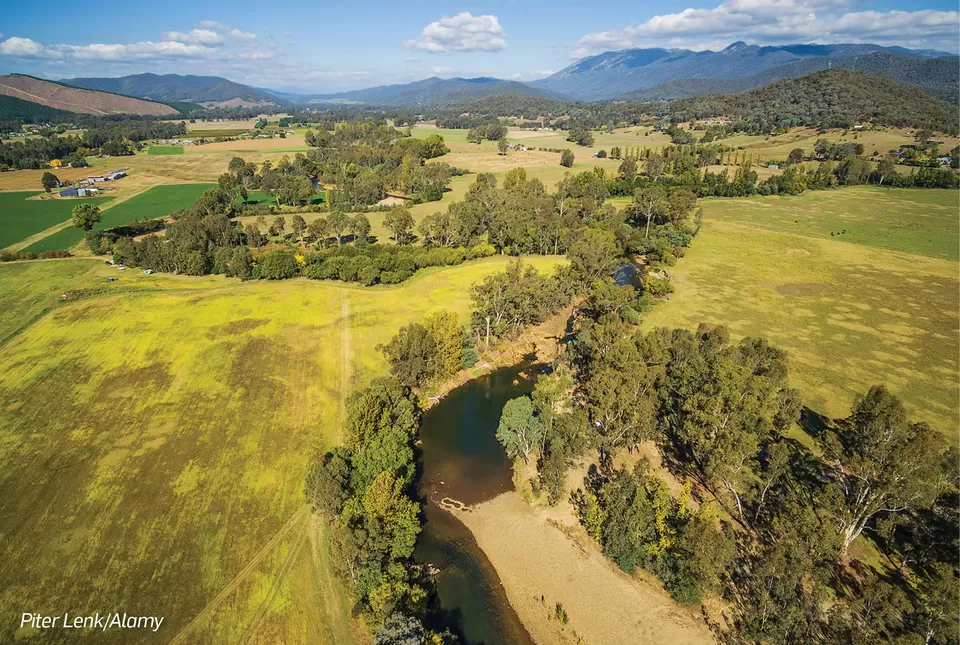
As I walked towards the wilder ‘Back Paddock’ of the park, I was convinced I was straddling two continents. A few moments ago, I played the part of a Victorian house guest, sipping English tea in porcelain cups, and now I stood before a vast expanse of the Australian Bush, teeming with not one, but hundreds of Eastern Grey kangaroos running wild in the grasslands. Before the arrival of the Europeans, this was Woiworung Country. The Woiworung aboriginals scooped out the bark from the trees in the area, and used the wood to craft canoes, shelters and shields. You can still spot evidence of these ‘scarred trees’ around the park, along with River Red Gum trees that are over 300 years old and native to Australia.
The park has several marked trails for horse riding, cycling, and hiking. I chose the trek to Gellibrand Hill, which was particularly rewarding as I was greeted by a dramatic view of the Melbourne skyline. I perched myself on the granite boulders and indulged in a bit of plane spotting, while the sun dipped behind the Great Dividing Range in the distance. I came to Australia dreaming of all the clichés— kangaroos, native birds, aboriginal culture, and its quintessential colonial heritage. I would have never guessed that I’d experience them all in a single day out in Melbourne—much before I’d even begun to nurse my jet lag.
Frequent Searches Leading To This Page:-
top things to do in Australia, things to do in Australia Sydney, best things to do in Australia, best places to visit in Australia, best places to visit in Australia in march, best place to spend a week in Australia, cost for 7 day trip to Australia from India




